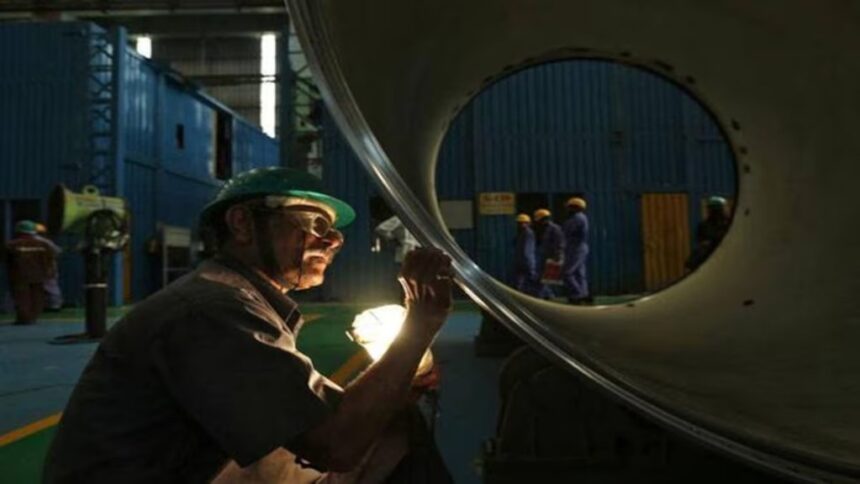India’s engineering sector has demonstrated extraordinary resilience, with exports to the United States increasing by 10.4% year on year to $3.39 billion between April and May 2025, despite high import taxes on critical components. The growth was driven by high demand for steel, industrial machinery, and automotive components.
According to the Engineering Export Promotion Council (EEPC), India’s engineering exports to the US alone were $1.75 billion in May, up 4.6% from the same month previous year. The achievement is significant in light of the 25% higher tariffs on steel and aluminum imposed earlier by the US government under President Donald Trump.
Iron and steel exports from India to the United States increased 170% year on year in April-May, reaching $158.4 million. Iron and steel products increased by 10% to $518.9 million. Industrial machinery exports increased 17%, totaling $774.1 million.
Electrical machinery exports rose by 10% to $500.8 million, while car component exports, including tires and spare parts, stayed steady at $394.7 million.
Despite the June increase in US import taxes on steel and aluminum to 50%, Indian exporters have found buyers. Steel and aluminum exports to the United States totaled $5 billion last fiscal year, out of a total of $20 billion in engineering exports.
Trump’s introduction of a 26% reciprocal duty on Indian imports, which is slated to take effect by July 9, has prompted American buyers to book advance orders and stockpile critical engineering equipment.
However, the image was not wholly positive. Geopolitical turbulence and logistical difficulties caused a significant decline in India’s engineering exports to West Asia, particularly the UAE, Saudi Arabia, and Turkey.
Shipments to the UAE, India’s second-largest market, fell 15.8%, to $683.38 million. Exports to Saudi Arabia were down 42.6% to $337.1 million, while shipments to Turkey fell 61.5% to $176.2 million.
The decline is also attributed to tough competition in Southeast Asia, particularly in aluminum exports, as well as a significant drop in zinc, lead, and aerospace-related exports. Rising regional tensions and maritime dangers in West Asia are having a greater impact on trade, according to EEPC chairman Pankaj Chadha.
North America remained India’s top destination for engineering exports, accounting for 21.3% of overall shipments. The EU came in second with 17.7%, while West Asia and North Africa finished third with 14.3%.
In terms of product categories, exports of aircraft, spacecraft, and their parts saw a steep 85% year-on-year decline in May 2025. Exports of ships, boats, and other floating structures also dropped by 25%, contributing to an overall 0.82% dip in India’s total engineering exports in May.
Still, the sector managed a modest 4.77% growth in cumulative exports for April-May, reaching $19.40 billion. With the global trade landscape shifting rapidly, Indian exporters are racing to stay ahead of tariff changes and regional instability.









